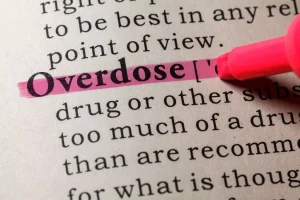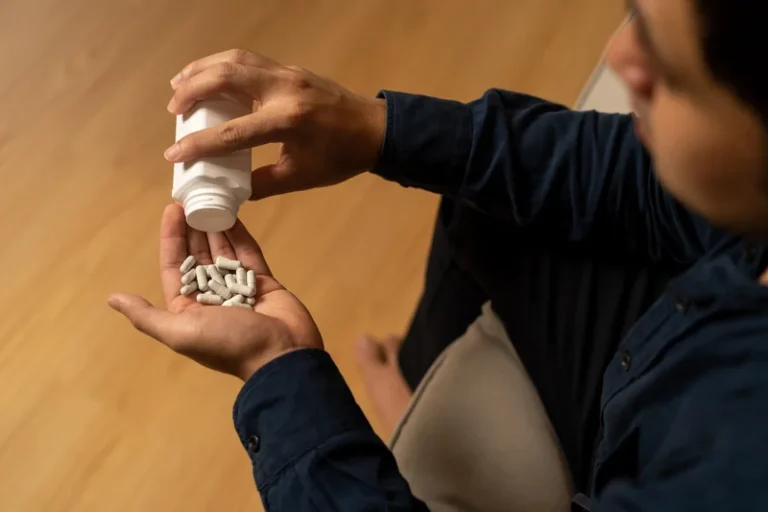
Be realistic about the amount of care you’re able to provide without feeling overwhelmed and resentful. Letting the co-occurring disorders take over your life isn’t healthy for you or your loved one. If certain people, places, or activities trigger a craving for drugs or alcohol, try to avoid them. This physiological dependence on alcohol may mean making major changes to your social life, such as finding new things to do with your old buddies—or even giving up those friends and making new connections. To stay alcohol- or drug-free for the long term, you’ll need to build a new, meaningful life where substance abuse no longer has a place.
The Primary Brain Regions Involved in Substance Use Disorders
One US general population study found the prevalence of alcohol dependence to be 2% in 12- to 17-year-olds, rising to 12% in 18- to 20–year-olds (Grant et al., 2004a). The same US study found the prevalence of dependence was 4% in 30- to 34-year-olds and 1.5% in 50- to 54-year-olds. A similar UK study found the prevalence of alcohol dependence to https://ecosoberhouse.com/ be 6% in 16- to 19-year-olds, 8.2% in 20- to 24–year-olds, 3.6% in 30- to 34-year-olds and 2.3% in 50- to 54–year-olds (Drummond et al., 2005). Therefore, it is clear that there is substantial remission from alcohol-use disorders over time. Much of this remission takes place without contact with alcohol treatment services (Dawson et al., 2005a).
- The kudzu root extract appears to be beneficial in lowering alcohol consumption in heavy drinkers.
- Al-anon uses the same 12 steps as AA with some modifications and is focused on meeting the needs of friends and family members of alcoholics.
- This program offers a high structure and support similar to inpatient care but with more flexibility.
- In the same study examining patients attending specialist alcohol treatment services, overall 85% had a psychiatric disorder in addition to alcohol dependence.
- Self-harm and suicide are relatively common in people who are alcohol dependent (Sher, 2006).
Signs You Are Developing a Physical Dependency on Alcohol
More recently, imaging techniques were used to show that alcohol-dependent humans have smaller amygdala volumes than nondependent individuals and that smaller amygdala volume in alcohol-dependent humans is predictive of subsequent alcohol relapse (Wrase et al. 2008). This is an area of burgeoning research exploring the development, maintenance, and relapse to alcoholism in both preclinical and clinical studies. Notable among these, recent work (George et al. 2008) has identified neurokinin-1 and its receptors as potential targets for the pharmacological treatment of alcoholism. That study found that complete (but not partial) genetic knockout of neurokinin-1 receptors suppressed alcohol drinking in mice.

What Is Substance Dependence?

Unfortunately, such longitudinal studies are not practical for high-throughput research. Accordingly, researchers more recently have started to condense the time scale required for such analysis by using specific procedures to induce dependence more rapidly (e.g., by exposing the animals to alcohol vapor). Chronic alcohol vapor inhalation results in enhanced alcohol-reinforced behavior that lasts well beyond the dissipation of acute withdrawal symptoms (Gilpin et al. 2008b; Roberts et al. 2000a; Sommer et al. 2008). Similarly, this approach leads to increased anxiety-like behavior in rodents that persists many weeks into abstinence (Zhao et al. 2007) and can be reinstated with exposure to a mild stressor (Valdez et al. 2002). One hypothesis is that this negative emotional state contributes to relapse behavior.
Reward Circuits and Neurotransmitter Systems
Because denial is common, you may feel like you don’t have a problem with drinking. You might not recognize how much you drink or how many problems in your life are related to alcohol use. Listen to relatives, friends or co-workers when they ask you to examine your drinking habits or to seek help. Consider talking with someone who has had a problem with drinking but has stopped.
What To Do If You Are Drinking Too Much: Coping With Alcohol Addiction

Ironically, some of the first things you might notice are similar to what happens to your body when you’re drinking. “Anxiety is the most common thing people notice upon stopping,” says Dr. Sharone Abramowitz, MD, a psychiatrist and president of the California Society of Addiction Medicine. Women in the early abstinence group showed weaker BNST-network functional connectivity, which may help explain the greater stress-induced relapse in women. The authors suggest future studies investigating the effect of hormones on this connectivity. Functional connectivity in the BNST-ventromedial prefrontal cortex was weaker in women in early abstinence during unpredictable threat cues and stronger in men during unpredictable neutral cues. People in the healthy group who had higher anxiety scores showed weaker connectivity in these regions during unpredictable cues than people in the early abstinent group.
- The result is that clinicians who see evidence of tolerance and withdrawal symptoms assume that this means addiction, and patients requiring additional pain medication are made to suffer.
- Besides long-term health complications, excessive alcohol use increases your risk of developing certain cancers.
- Following ingestion, alcohol is rapidly absorbed by the gut and enters the bloodstream with a peak in blood alcohol concentration after 30 to 60 minutes.
- Kudzu root extract was studied in non-treatment-seeking male drinkers over the course of a 4-week period.
